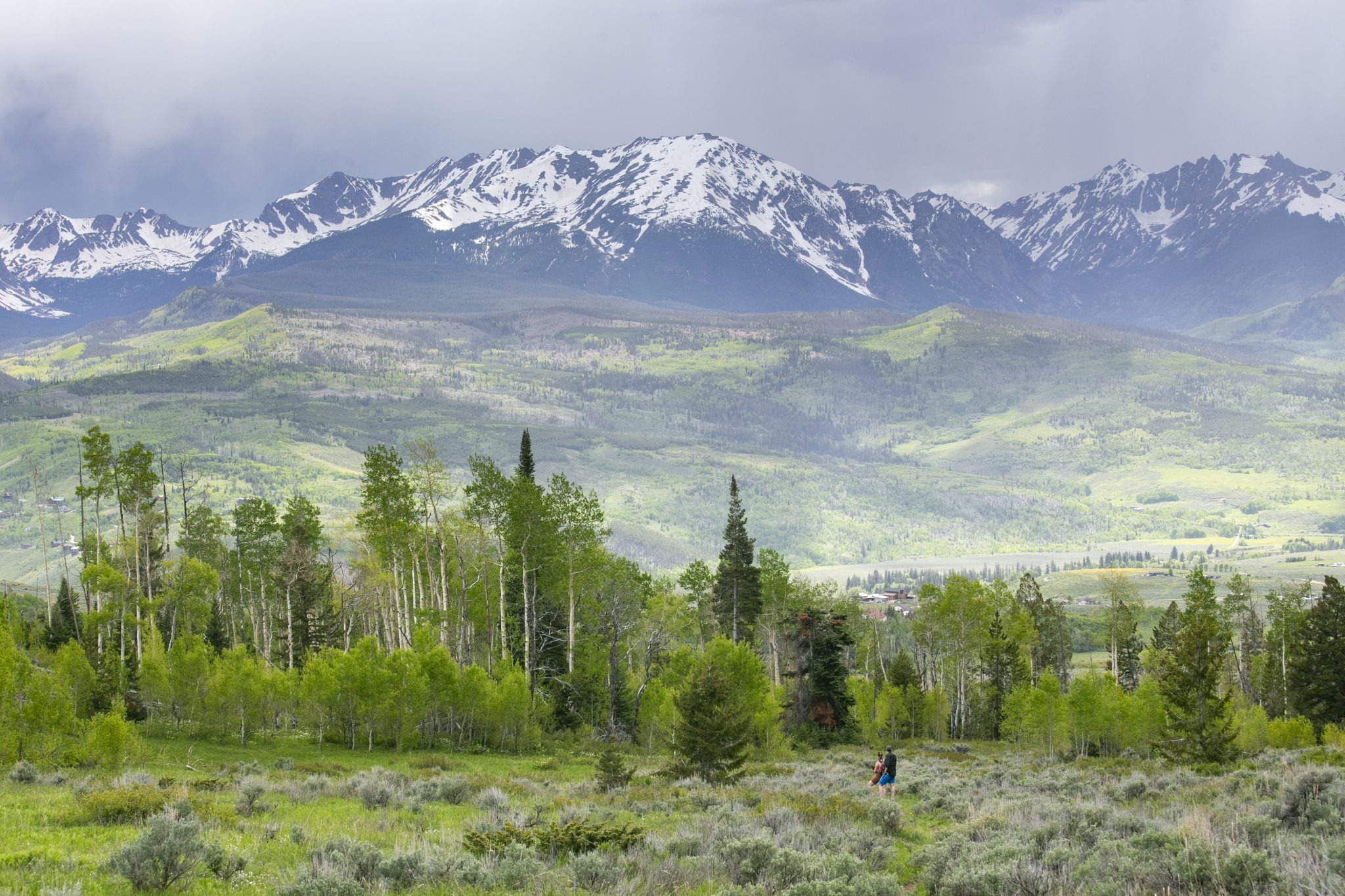What could a La Nina summer mean for Colorado?

The waning days of El Nino — an atmospheric pattern that can affect the jet stream and, with it, weather conditions — means the impending arrival of its opposite pattern: La Nina.
Both are influenced by surface temperatures along the Pacific Ocean off the coast of South America, with El Nino signifying above-normal temperatures and La Nina signifying below-normal temperatures. The result can be wetter, cooler conditions in southern regions and dryer, warmer conditions in the north during an El Nino season, with La Nina bringing the opposite.
So what does the transition from an El Nino winter and spring to a La Nina summer mean for Colorado?
Early predictions show the state could be in for a hot and dry summer. A three-month outlook from the Climate Prediction Center issued on May 16 shows Colorado has a chance of seeing above-normal temperature and below-normal precipitation from June to August.
Specifically, northeast Colorado has a 33% to 50% of higher-than-normal temperatures while southwestern Colorado has as much as a 60% to 70% chance. Northwest and southeast areas, as well as central Colorado, have between a 50% and 60% chance for higher temperatures.
Practically all of the state has a 40% to 50% chance of seeing below-normal precipitation, according to the projections.

These forecasts are always subject to change, especially when looking at longer-term predictions. And drawing a correlation between a pattern like La Nina and seasonal weather can be tricky, particularly in Colorado, experts say.
“In the summertime, the connection between La Nina and the U.S. climate is not that strong,” said Nat Johnson, a meteorologist for the National Oceanic and Atmospheric Administration. “So generally other factors tend to dominate the forecast, including long-term warming trends, soil moisture anomalies.”
La Nina tends to have the strongest influence on summer weather in areas east of the Rocky Mountains, particularly the midwest. Any impact in Colorado tends to be concentrated around the eastern plains, with La Nina potentially bringing warmer, dryer weather, Johnson added.

OpenSnow meteorologist Alan Smith stated in a blog post earlier this month that while summer weather patterns are “notoriously difficult to predict in advance, even more so than winter,” there are some weather signals “that arise across the Western U.S. when we examine past summers featuring a transition from El Nino to La Nina.”
In his post, Smith analyzed five years since 1991 during which El Nino conditions dissipated in the late winter or spring and gave way to La Nina in the summer. The years, which were 1995, 1998, 2007, 2010 and 2016, were then compared to 30-year climatological averages from 1991-2020.

In general, between June and September, temperatures for much of Colorado were average, with slightly hotter temperatures on the east side of the Continental Divide, according to the analysis.
For precipitation, Smith’s analysis found summers tended to be more wet than normal across a large portion of the western U.S., with the strongest signals across the northern Rocky Mountains. Colorado’s Front Range, however, was an exception with rainfall that tended to be below average.
June proved to be the biggest “wild card” month in the analysis, “with some Junes featuring hot and dry conditions, and others featuring much cooler and wetter than normal conditions,” Smith wrote.

Last summer, Colorado was under an El Nino pattern and in June saw below-average temperatures in virtually all parts of the state, according to data from the National Weather Service office in Boulder. Precipitation that month was right around normal for most areas west of the divide and above normal for parts of the Front Range and eastern plains for the month of June.
Last July, temperatures were near to below normal across the state’s northeastern plains while above normal in mountain areas west of the Continental Divide and mountain valleys. Precipitation was near to above normal for the eastern plains while the mountains and valley areas west of the divide were significantly dryer.
In August, temperatures were slightly above normal for most of the state. In terms of precipitation, southern and eastern parts of Colorado were near- or slightly-below average while western and northern areas were near or slightly above average.
But forecasts for a hotter, dryer summer this year have more to do with long-term warming trends, said Johnson, the National Oceanic and Atmospheric Administration meteorologist.
“Here in the summer, it’s hard to find a good correlation,” said National Weather Service Boulder office meteorologist Jim Kalina. “There’s really no guarantees with these predictions. We had a fairly wet March and April. It’s really turned dryer in most places in May, but it is pretty uncertain.”
Published on SummitDaily.com.
